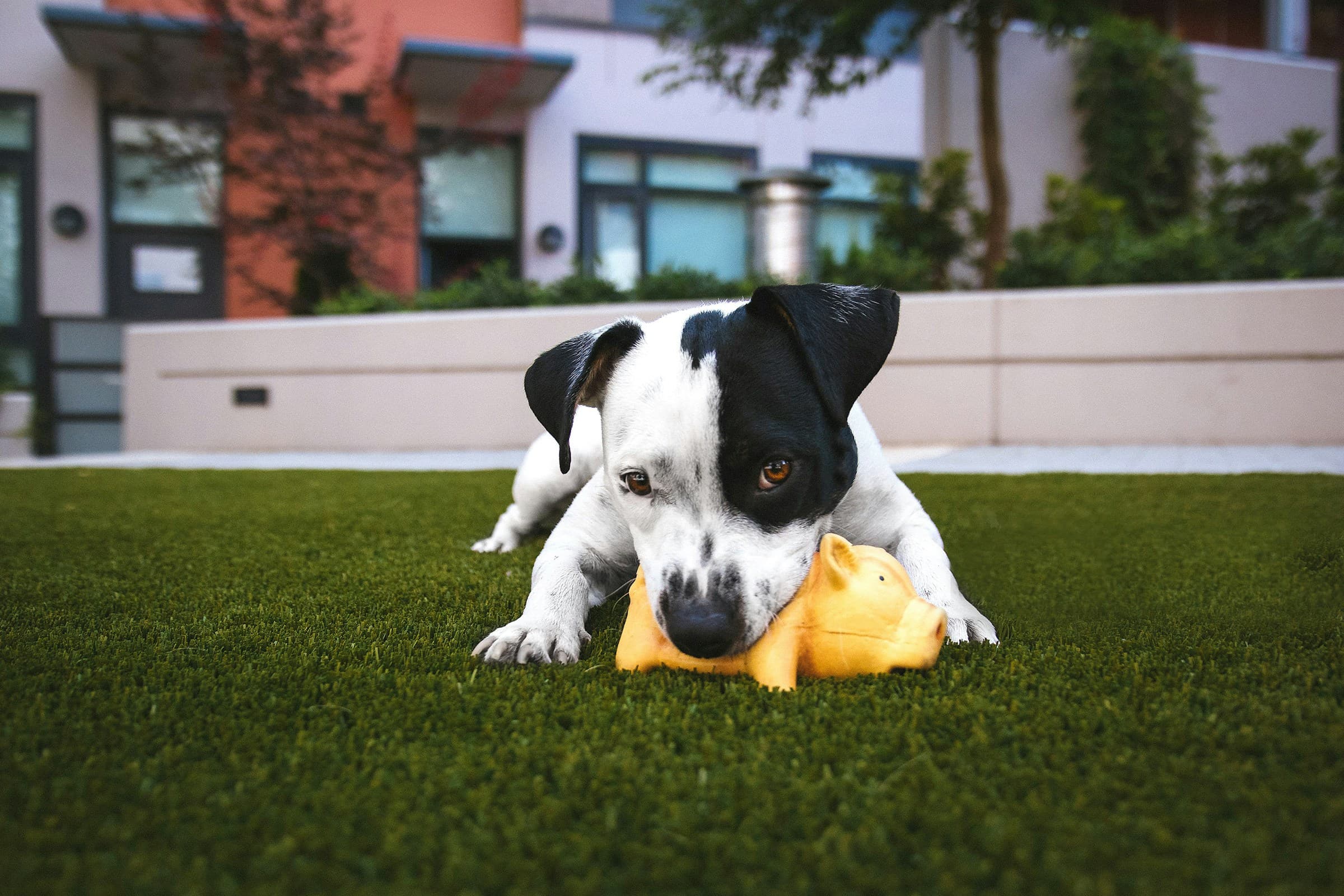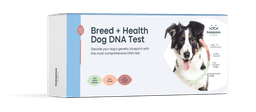One of the most challenging aspects of owning dogs is facing their food aggression. It is important to catch the signs early and learn and use effective strategies to prevent it. In this article, we will assist you in handling food aggression and creating a healthy and friendly relationship with your dog.
What Is Food Aggression?
Food aggression refers to the phenomenon of resource guarding observed in dogs. It appears when a dog displays what can be called jealousy because of food. This behavior shows itself in growling, snapping, or biting to fend off threats to their meal. All forms of aggression may not necessarily be aimed at other dogs but can also be aggression towards people.
Signs of Aggression
Noticing and understanding the signs of food aggression is crucial when managing the problem itself. Here are common signs you should pay attention to:
Staring - Your dog is giving very cautious looks to anyone approaching their food.
Growling - Your dog might growl when someone comes near their food.
Lunging or Biting - Your dog might start showing their teeth if they notice someone nearing their food.
Causes of Aggression
It’s important to understand why your dog might be exhibiting food aggression around people and other animals. Here are some reasons:
Instinctual Behavior
Originally, dogs were living in the forests and they had to protect their meals to get the nutrition necessary for their bodies. Instincts, while not necessary anymore, still prevailed even among domesticated dogs. It’s something they can’t control, if not taught differently.
Past Experiences
Dogs sometimes develop food aggression due to some negative past experiences regarding food. If your dog had some scarcity issues beforehand, or negative experiences where they had to compete for food, then it’s not surprising that they will develop food aggression.
Dominance Issues
Some dogs develop food aggression as a way to establish dominance over other animals or people. However, dominance can be shown in other ways aside from food aggression. Dogs can show dominance over toys, bedding, and even some specific areas of the house.
Anxiety and Fear
Anxiety and fear also play a crucial role in food aggression. Anxious dogs might perceive basic interactions to be fearful and threatening. This can lead them to guard their food and become aggressive. This sign is common among dogs that have experienced some trauma or are naturally anxious.
How to Stop Your Dog’s Food Aggression?
Managing food aggression requires doing some training for your dogs.
Redirecting Food Aggression
Desensitization and Counter-conditioning
Desensitization and counter-conditioning are two effective methods of changing your dog food aggression behavior. The purpose is to alter the persistence of the affective state which exists in response to the presence of people or other animals near the food brought by the dog.
Begin by standing at a point that is near but at a distance so that your dog will not feel threatened while the dog is eating. In the future gradually move closer and, when the dog is relaxed, reward them with an extra treat. This process is gradual but very efficient when it comes to managing issues of food aggression.
Controlled Feeding Environment
Getting your dog used to feeding regimes can help minimize tension towards food. It is recommended to feed your pet in a calm, and non-stress-inducing environment, which also excludes other pets and any distractions.
Feeding bowls such as puzzle or slow feeders should also be considered when feeding the dog since it makes the process of eating interesting for them and less stressful. These feeders make your dog scavenge for their food and this helps in minimizing the act of aggression.
Professional Training
If your dog is showing any signs of extreme food aggression or you are in the dark as to what to do, you should consult a trainer or behaviorist. An expert can offer advice relevant to your struggles and tailored individually for your pet. They can also assist you in applying training methods properly without posing any danger to your companion to achieve the best result.
Preventing Food Aggression
Teach impulse control
Teach your dog to sit down or to stay in one position when you are about to feed them. This aids in providing structure and helps decrease any fear that the dog may have concerning meals.
Positive reinforcement
Distract your dog when they are around the food bowls by giving them a command to sit or stay and then if they respond calmly reward them with treats and words of encouragement. Do not punish your dog since this increases food aggression.
What to Avoid When Dealing With Food-Aggressive Dogs
Punishment
Teasing or taunting
Ignoring the problem
Bad actions such as punishment and negative reinforcement only amplify the cycle of fear and aggression. However, one should not punish the dog but rather encourage and reward the desirable behaviors over time.
Moreover, provoking a dog, which is food aggressive, such as teasing or even just showing the desire to start a fight near the food, will only cause the animal to become even more aggressive towards the food shared with the rest of the members of the family.
Conclusion
Food aggression in dogs is not an uncommon problem but can be solved with the help of the present strategies. Getting to know the behavior, learning how to identify the signs and root causes of the action, and learning how to redirect and prevent such actions can go a long way toward helping your dog feel more at ease and less likely to act aggressively.
Remember, always consult a professional when necessary if the aim is to make the best decision for the best results for both the owner and the pet.
Frequently Asked Questions
How to punish food aggression in dogs?
Never punish food aggression in dogs because it is counterproductive. Rather, train the dogs using positive reinforcement.
How to stop food aggression in dogs?
To prevent food aggression in dogs, try desensitization and counter-conditioning, and ensure the dog is comfortable during meal times.
My dog is food-aggressive with other dogs, what should I do?
If your dog is food-aggressive towards other dogs, it is advisable to feed each dog individually and eventually expose them to other dogs while eating.




